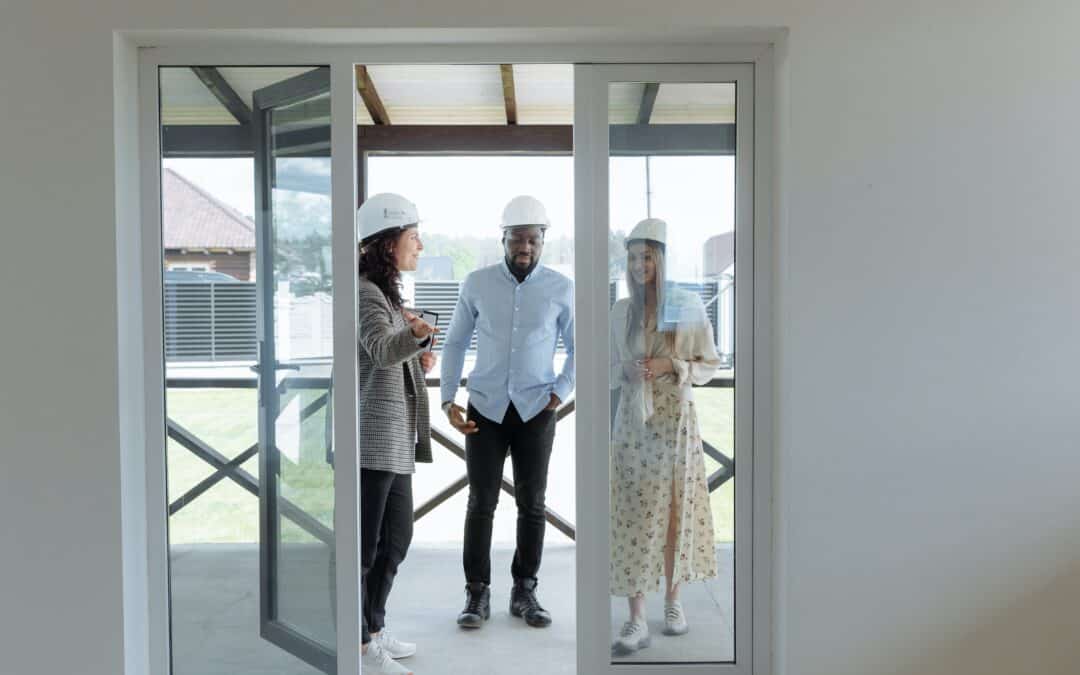Real estate development has undergone significant transformations in recent years, thanks to the advent of new technologies, changing demographics, and shifting market dynamics. Gone are the days when real estate development was all about building basic homes and commercial properties.
Today, developers have to keep up with emerging trends to remain competitive in the market. These include sustainable development, technology integration, and co-living spaces.
Below we’ll explore these trends in detail, providing insights for developers who want to stay ahead of the curve and create innovative projects that meet the needs of today’s buyers and tenants. So, let’s begin!
Sustainable Development
Sustainability has been a buzzword in the real estate industry, but it’s expected to become even more critical in 2023. With climate change and environmental degradation becoming more urgent global issues, real estate developers must incorporate eco-friendly features into their projects. One of the ways developers can ensure sustainability is by conducting a Phase 1 Environmental Site Assessment (ESA).
A Phase 1 ESA is a preliminary study that assesses the potential environmental liabilities associated with a property. This assessment can identify any environmental issues that need to be addressed before construction begins, such as the presence of hazardous materials, underground storage tanks, or contaminated soil.
By conducting a Phase 1 ESA, developers can mitigate any environmental risks associated with their projects and ensure they comply with environmental regulations.
Technology Integration
Technology is significantly impacting the real estate industry, and this trend is expected to continue in 2023. Real estate developers are adopting various technologies to streamline development and create more efficient, sustainable buildings.
For instance, 3D printing technology is transforming the construction industry by enabling developers to create complex building components with speed and precision. This technology can significantly reduce construction time and costs while increasing design flexibility.
Similarly, virtual and augmented reality are also being used in real estate development to provide potential buyers with a realistic experience of the property before it’s built. This technology allows developers to showcase their projects in a more interactive and engaging way, enabling potential buyers to visualize the property’s features and layout more accurately.
Co-living Spaces
Co-living spaces are communal living arrangements where residents share living spaces, such as kitchens and living rooms, and often have private bedrooms and bathrooms. These spaces are designed to foster a sense of community and provide residents with a more affordable and flexible living option.
It’s generally an attractive option for young professionals, students, and individuals who value social interaction and are looking for a more affordable and convenient housing option. They typically offer various amenities, such as shared workspaces, fitness centers, and communal kitchens, that encourage social interaction and make it easier for residents to connect with one another.
To Sum It All Up
As we approach 2023, it is clear that new trends and innovations are emerging that will shape the future of real estate development. These trends are not limited to a few discussed in this article, and it is important for developers to remain vigilant and open to new ideas that can drive success in this dynamic industry. By staying ahead of emerging trends, real estate developers can create projects that are both relevant and sustainable, delivering value to buyers and investors alike.








